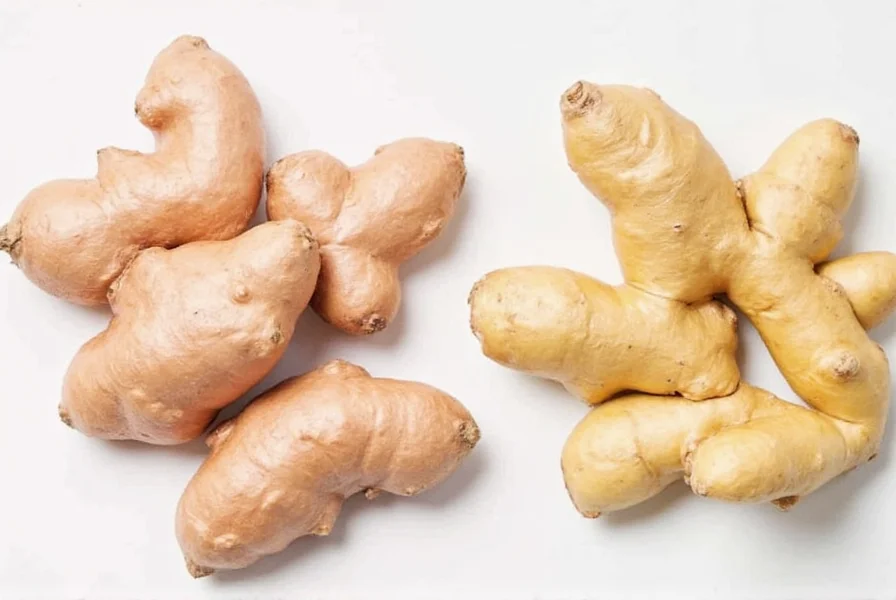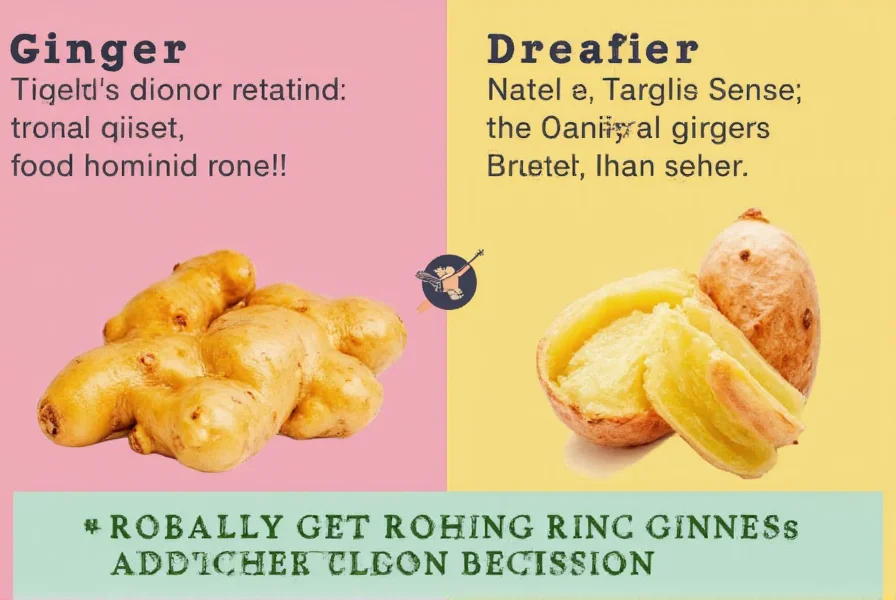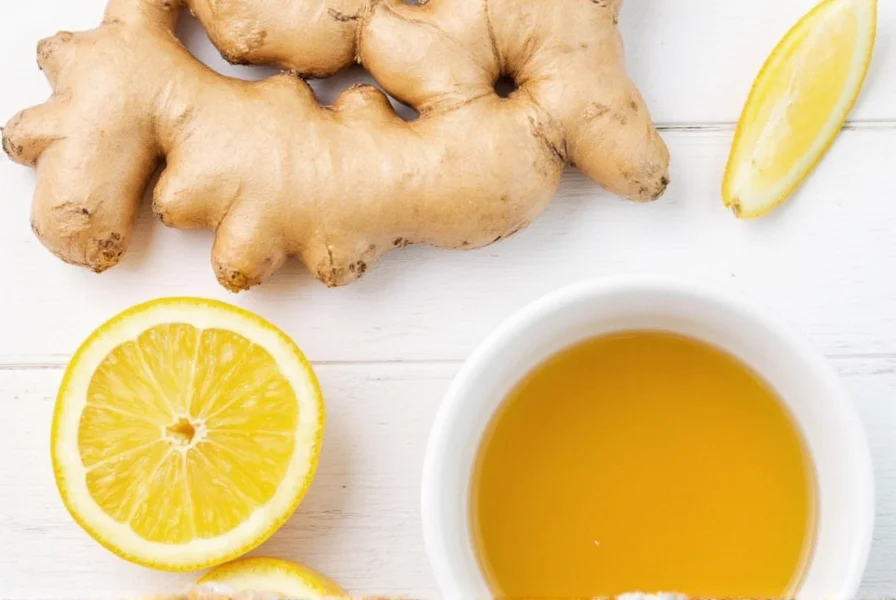When exploring the relationship between rosa and ginger, it's essential to understand both plants' unique characteristics and how they complement each other. Rosa, encompassing over 300 species of thorny shrubs, has been cultivated for thousands of years not only for its aesthetic beauty but also for its medicinal properties. Ginger, a tropical plant native to Southeast Asia, has established itself as one of the most researched botanicals for digestive and anti-inflammatory applications.
Botanical Profiles: Rosa and Ginger
Rosa species contain significant amounts of vitamin C, polyphenols, and flavonoids. The most commonly used species for therapeutic purposes include Rosa canina (dog rose) and Rosa damascena (Damask rose). These plants produce hips (the fruit of the rose) that contain up to 40 times more vitamin C than oranges by weight.
Ginger's primary bioactive compounds are gingerols and shogaols, which give it its distinctive flavor and therapeutic properties. Research published in the Journal of Medicinal Food confirms ginger's effectiveness in reducing nausea, inflammation, and certain types of pain. The rhizome contains over 400 different compounds that contribute to its wide-ranging health applications.

Health Benefits of Rosa and Ginger Combination
The combination of rosa and ginger creates a powerful synergy for several health applications. When considering rosa and ginger for digestive health, the antiemetic properties of ginger complement rosa's mild laxative effects from its fiber content. This pairing can effectively address multiple aspects of digestive discomfort.
For inflammation management, the flavonoids in rosa work alongside ginger's gingerols to inhibit inflammatory pathways. A 2022 study in Phytotherapy Research demonstrated that this combination showed greater reduction in inflammatory markers than either botanical used alone.
| Benefit | Rosa Contribution | Ginger Contribution | Synergistic Effect |
|---|---|---|---|
| Antioxidant Support | High vitamin C and polyphenols | Moderate antioxidant compounds | Enhanced free radical scavenging |
| Digestive Health | Fiber for regularity | Gingerols for nausea relief | Comprehensive digestive support |
| Immune Function | Vitamin C boost | Anti-inflammatory action | Enhanced immune response |
Culinary Applications of Rosa and Ginger
Exploring culinary uses of rosa flowers and ginger root reveals numerous delicious applications. Rose hips can be transformed into syrups, jams, and teas, while ginger adds its distinctive warmth to both sweet and savory dishes. One popular preparation is rosa and ginger tea, which combines dried rose petals or hips with fresh ginger slices.
To prepare a simple rosa and ginger tea: simmer 1 tablespoon of dried rose hips and 3-4 thin slices of fresh ginger in 2 cups of water for 10-15 minutes. Strain and enjoy with a touch of honey if desired. This beverage serves as an excellent rosa and ginger natural remedy for cold symptoms and digestive discomfort.

Growing Rosa and Ginger Together
Many gardeners wonder about growing rosa and ginger together in their home gardens. While these plants have different growing requirements, they can coexist with proper planning. Roses typically prefer temperate climates with full sun, while ginger thrives in warm, humid conditions with partial shade.
If you're cultivating both, consider growing roses in your main garden bed and ginger in containers that can be moved to shaded areas during hot afternoons. In cooler climates, ginger can be grown as an annual while roses establish as perennials. The contrasting textures and colors create an aesthetically pleasing garden arrangement with potential companion planting benefits.
Safety Considerations
While generally safe, certain precautions apply when using rosa and ginger. Ginger may interact with blood-thinning medications, and some individuals may experience mild heartburn. Rosa preparations are typically well-tolerated, though those with pollen allergies should exercise caution with fresh rose products.
Pregnant women should consult healthcare providers before consuming large amounts of ginger, as high doses may affect pregnancy. The recommended daily intake for ginger is generally 1-3 grams of fresh root or 250-500 mg of standardized extract. For rosa preparations, follow product-specific guidelines as concentrations vary significantly.
Scientific Research and Future Directions
Recent studies have begun investigating the specific synergies between rosa and ginger compounds. Research published in the Journal of Ethnopharmacology suggests their combined anti-inflammatory effects may benefit those with osteoarthritis. Scientists are also exploring how rosa's vitamin C enhances the bioavailability of ginger's active compounds.
As interest in plant-based wellness continues growing, the combination of rosa and ginger represents a promising area for further research, particularly regarding their combined effects on gut health and immune function. Traditional medicine systems worldwide have long recognized these plants' complementary properties, and modern science is increasingly validating these historical uses.











 浙公网安备
33010002000092号
浙公网安备
33010002000092号 浙B2-20120091-4
浙B2-20120091-4